In every business there comes a time when major expenditure is required just to be able to keep that business going. In the world of petrol retailing that could be new tanks and underground plumbing (maybe every 20-25 years); new pumps or rollover washes (maybe every 15 years); new canopy, fascias and lighting (maybe every 10 years or sooner if the site changes supply or branding); or new POS and EFT equipment (again, perhaps every 10 years).
In each example, we’re talking about substantial sums of money starting in the tens of thousands of pounds. Of course it’s quite easy to find a reason why that expenditure can be put off just a while longer. In some quarters the rule "If it works, don’t touch it" can be a reasonable position for a while, but not for ever.
Technical obsolescence, changes in legislation or simple wear-and-tear mean that nothing lasts forever. Even equipment originally of good quality and painstakingly maintained for years will need to be replaced at some time.
do the maths
Usually there’s a point well before that when someone should sit down and do a bit of arithmetic. Just for example, imagine your present forecourt canopy and lighting have been in place for 10 years. There’s a good chance that the next renewal of the annual maintenance contract will be somewhat more expensive than it was last year. Then consider that newer equipment is likely to be dramatically more efficient (in energy terms) than your existing gear. If you do your homework and work out how much less you might be paying for electricity over the next five or 10 years with a new installation, and then add how much cheaper the maintenance could be, suddenly the prospect of make-do-and-mend may not look quite as sensible or comfortable an option. Forecourt lighting is an obvious example, but as far as energy savings are concerned the same is very likely to apply to shop lighting, air conditioning, freezers and chillers. Your present equipment may still be serviceable, but it’s highly likely that it’s nowhere near as efficient as the latest version. If you’re serious about saving money in the long-term, do the calculation and see whether there’s any point just keeping things as they are.
Of course in some areas you may not have a choice, even if your existing installations still seem perfectly good. IT equipment typically falls into this category. Your IT installation may not be causing problems yet, but what if it runs on Windows XP, now that Microsoft no longer supports that legacy operating system? Apart from the inherent danger of using business-critical software that isn’t supported any longer, there can be another more immediate problem if you need to add or replace individual components within your system that new EFT terminal you need may only work with Windows 7 or later versions.
hard reasons
These examples are what may be called ’hard’ reasons why replacement may be required because something simply stops working, or is just so inefficient that it is hardly worth keeping going. But there’s another area where there isn’t an immediate, definitive event that says ’change now’; where the temptation to keep things going almost indefinitely becomes even stronger. Look around your shop. You spent maybe 40 or 50 grand on new flooring, lighting, display units, the counter and everything else in there 10 or 12 years ago. Everything still works and it doesn’t look like there’s been that much wear and tear. Now go and look around your three or four nearest competitors. There’s quite a strong chance that they spent even more than you did, and much more recently. One of them may even have done the whole revamp twice since you last did yours, or another one may be planning to do so sometime in the coming months. If you knew that their weekly shop sales went up by 25%-30% following each revamp, while yours have been declining gently for the past seven or eight years, might it make you think that your ’perfectly good’ set-up needs to be ditched?
counting the cost
If you’re like many owner-operators, you’ll probably go back and at least try and get some idea of what the cost might be today. After you’ve had a large Scotch and calmed down a little, you’ll decide that you don’t have the money and anyway, the existing set up can easily last another five years or longer. Just sweat the assets: make them work for you as hard and long as possible and don’t change it until it’s absolutely impossible to carry on without a change.
This subject tends to crop up whenever the conversation turns to depreciation, or capital allowances or just as frequently when some important, over-sweated asset finally packs up altogether with no notice and very heavy expenditure is required immediately.
It’s amazing how many business people still seem to believe that depreciation (or its tax cousin capital allowances) is only a trick invented by accountants to reduce the business’ profits for tax purposes. It may indeed do that but depreciation is ultimately a fundamental acknowledgement of the irreversible arrow of time. Every asset has an expected useful life. We divide the original cost by that expected life; so if your pumps cost £60,000 to install, and you reasonably expect them to last 10 years, the annual depreciation charge will be £6,000 per year (and yes, there are subtle differences in possible accounting treatments but we won’t complicate things here by going into those).
Depreciation is a real cost even if you don’t notice it. Assets can’t be sweated forever. In a sound business there’ll be some budgeting for eventual replacement and then a business plan to support the necessary finance application when the time comes. Unfortunately, the appearance of some forecourts suggests that the owners believe that investment planning can be deferred indefinitely.






















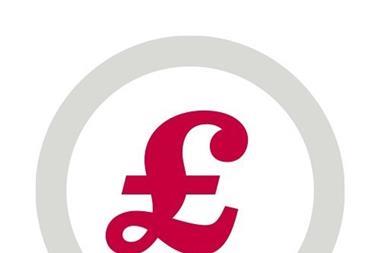
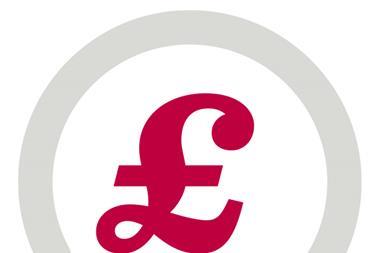
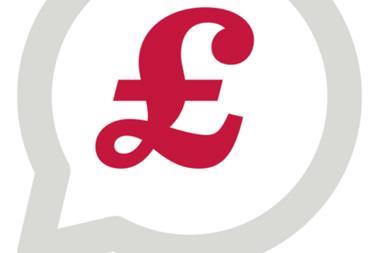
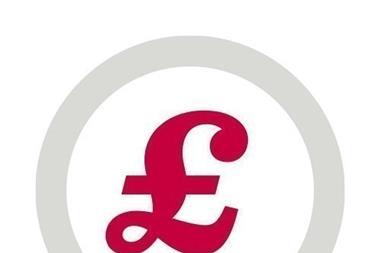


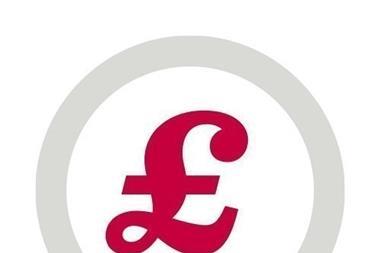


No comments yet